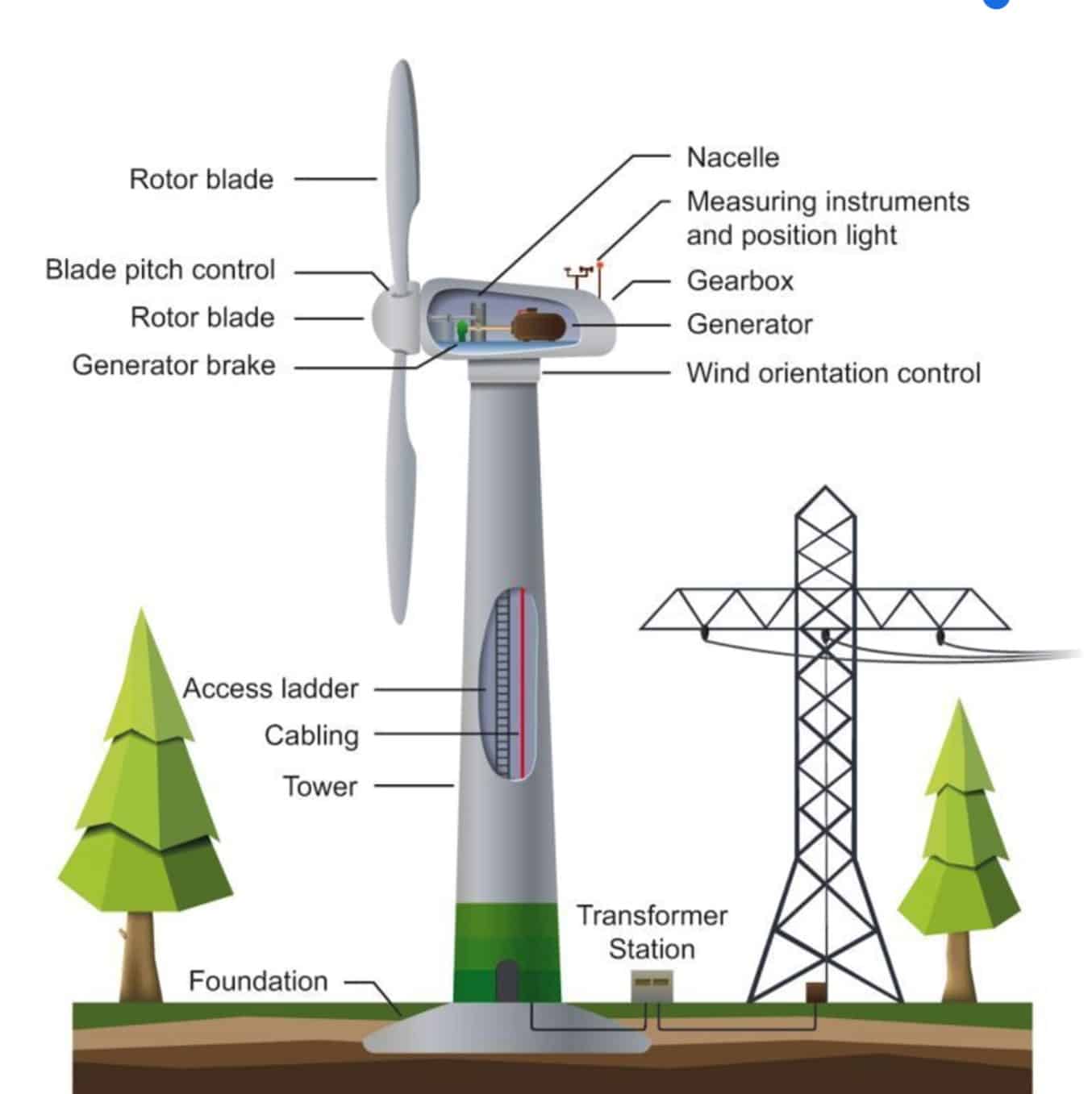Learn how to draft the layout of an LV switchgear( sizing, designing , equipment, installation )
Electrical switchgear often comes as an assembly or combination of multiple switching devices grouped in adjacent cubicles to facilitate power distribution and protection. Each component in the assembly has its function, starting from the enclosing body to the circuit breaker itself. Many additional components are added in between as per incoming and outgoing feeders in that case.
While doing so, the switchgear must meet the prevalent standards and must address many factors related to practical usages. First, let’s discuss those factors in a brief. Meanwhile, the figure below is the LV switchgear assembly installed in the power distribution room of an under-construction airport facility.
LV Switchgear Lay-out: Design & Size
Terminology
Low voltage (LV) switchgear is a broad terminology that includes a wide range of equipment like circuit breakers, switches, offload isolators, MCCBs, etc. within the 1 kV rating required to protect the LV system. The most common use of LV switchgear is in the LV distribution board which further comprises multiple segments like the main incomer, sub-incomers, feeders, etc. the size, configuration, and physical layout for switchgear vary as per specific requirements and standards.
In this article, we will discuss multiple factors to consider for sizing and designing the layout of LV switchgear for real-world application. The design engineer must go through various phases and iteration before finalizing the layout, which later is realized physically.
Original Equipment Manufacturers (OEMs) and independent manufactures produce thousands of LV switchgear assemblies each year, and properly designed layouts are mandatory to ensure that it meets the requirements.
1- Classification and features
The switchgear is of different type based on the voltage level at which it operates. HV switchgear operates at a voltage level of above 33 kV. MV switchgear operates at the voltage level of 33 kV and below. Likewise, LV switchgear operates at the voltage level of 1.1 kV maximum.
Irrespective of particular voltage levels, switchgear are known for their complete reliability, quick operation, and absolute isolation compared to other similar devices.
Figure 1 displays the internals of cubicles of typical MV and LV switchgear. Physically, higher voltage creates extra complexity because of the higher risk of arc flashes and insulation failures. Apart from that, MV and LV switchgear shares a lot of similarities in terms of design and construction.
There has been substantial advancement in technology which started from the simplest form of switchgear, like a tumbler switch used widely for controlling small lights and household circuitry.





0 Comments